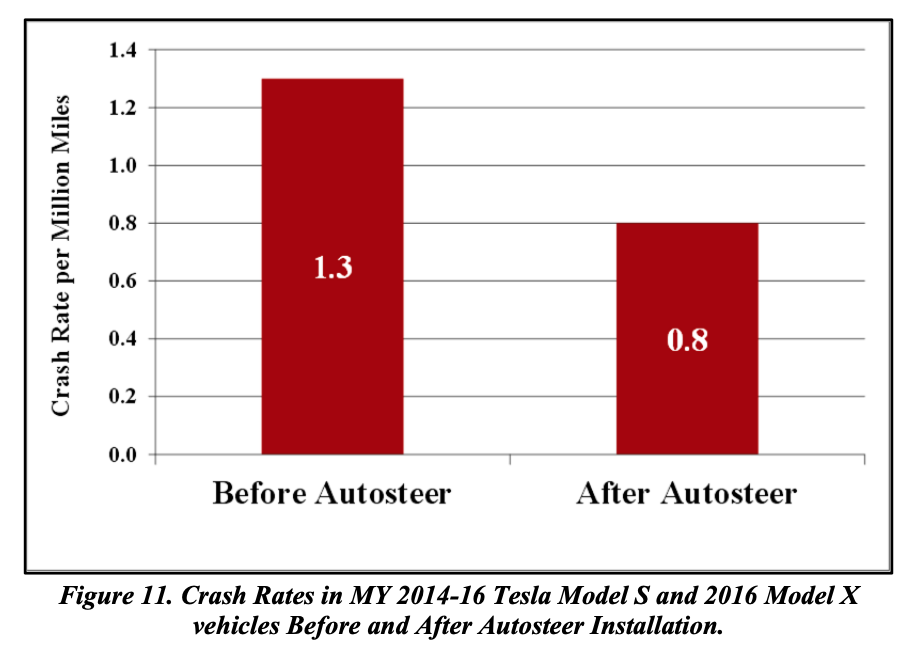Way down in the 31st graf: " before such musings turn into reality, hyperloop proponents must prove that their systems work, that they’re safe for people and cargo and that they’re affordable" https://t.co/hGSLsIcqcE— Oliver Moore (@moore_oliver) February 18, 2019
Too much more to list here, but all of our previously stated reminders still hold.
Wednesday, August 2, 2017
A few points to keep in mind when reading any upcoming story about the Hyperloop (first off, it's not a Hyperloop)
{UPDATED -- now with handy video example.}[Last time we tried this it went really well, so...]
1. Here was Elon Musk's initial description of the Hyperloop:
"[A] cross between a Concorde and a railgun and an air hockey table"
or more prosaically
“[R]educed-pressure tubes in which pressurized capsules ride on an air bearings driven by linear induction motors and air compressors."
The idea of air bearings has been around for a long time and has proven useful for a number of applications, but, after a great deal of effort, researchers concluded sometime around the 1970s that it was not workable for high-speed rail. When companies started trying to build even small, very limited working models of the Hyperloop, the first thing that most, possibly all, did was to scrap the one aspect that set Musk's concept apart from more conventional maglev vactrains. This is a small detail but it is enormously telling. They dropped much of the actual idea, but they kept the name and the associated buzz.
2. Neither the Hyperlop or the “Hyperloop” offers much new.
At least in the broad strokes, there's is little new in any of the recent proposals. Musk's original presentation relied mainly on Disco-era technology. I believe most of the current efforts have updated that with passive levitation systems developed in the late 90s. Either way, the systems that are now promised as just around the corner are not that different from proposals from twenty years ago which begs an obvious question: why weren't these trains built a long time ago. The answer is…
3. You didn't see supersonic trains twenty years ago for the same reason you aren't likely to see them in the near future.
Money.
Whenever people looked seriously at these projects, they concluded that the cost was prohibitive. And no, this didn't have anything to do with land rights or onerous regulations.
4. A question of tolerance and other things
Even under the best of circumstances, big projects cost a great deal of money, and with maglev vactrains, the conditions are about the worst imaginable. This is supposed to be a brief overview, so I'm not going to make a deep dive here, but I will mention three factors: reliability, safety, and most of all tolerance.
You've got people traveling hundreds of miles an hour in a near vacuum. Just to get the damn thing to work, every part has to be manufactured to the tightest possible tolerances, every piece of work has to be done perfectly. But just working is much too low a bar here. With a Hyperloop, even a fairly minor failure can turn catastrophic, causing tens of billions of dollars of infrastructure damage, not to mention loss of life. Those standards of construction and maintenance are tremendously expensive, particularly for a piece of infrastructure that will stretch hundreds of miles.
5. Beware science-fair level demonstrations
When trying to follow the Hyperloop discussion, it is absolutely essential to distinguish between the easy parts and the hard parts. Many elements of the proposed system are well understood and in some cases widely used already. If you went through the Birmingham Airport in the late 80s or early 90s, you've probably already traveled on a maglev train propelled by linear induction.
Other elements are extraordinarily difficult to pull off. For instance, radical new construction techniques will need to be developed to make the system commercially viable. As mentioned before, the combination of extremely high speeds with the need to maintain a near vacuum over hundreds of miles requires a stunning degree of reliability and adherence to incredibly tight tolerances. Every seam has to be literally airtight.
You will notice that the "test runs" we have seen from various Hyperloop companies have focused almost entirely on the aspects that don't need testing.
[Ran across this shortly after posting.]
6. So what would a real Hyperloop test look like?
We will know that the Hyperloop is actually getting closer when we start seeing demonstrations that address concerns of civil engineers and transportation researchers (specifically those not in the employ of Musk or companies like Hyperloop One). For example, a process or manufacturing tube segments of sufficient quality cheaply or a system for joining these segments quickly and requiring few if any skilled workers.
7. And no, this is not just like SpaceX and Tesla.
The long-popular "we should take Musk seriously because he has done impossible things" genre has recently spawned the subgenre "we should take Musk seriously because he's doing the same thing with [Hyperloops/brain chips/giant subterranean slot car tracks] that he did with SpaceX and Tesla" This is simply not true. The approach is almost exactly the opposite. With the latter, Musk proposed plans carefully grounded in sophisticated but entirely conventional technology. With the former, he made vague, underdeveloped suggestions that left experts in the respective fields pulling out their hair.
To be clear, Tesla and particularly SpaceX certainly had their doubters, but the skepticism was focused on the business and finance side. Elon Musk unquestionably accomplished some extraordinary things, but he did so by the deviating from conventional wisdom in terms of how you set up companies while staying safely in the mainstream when it came to technology.
